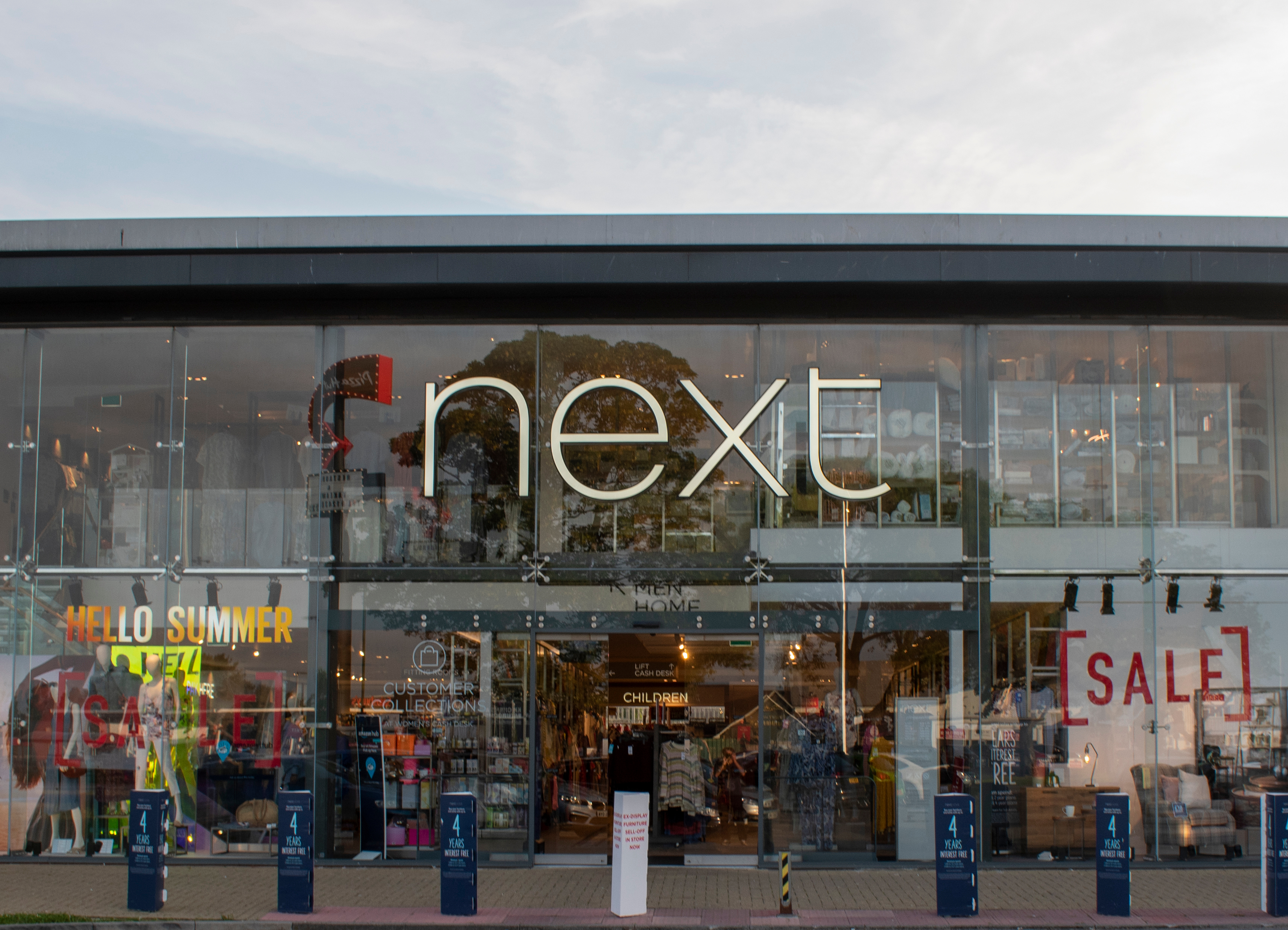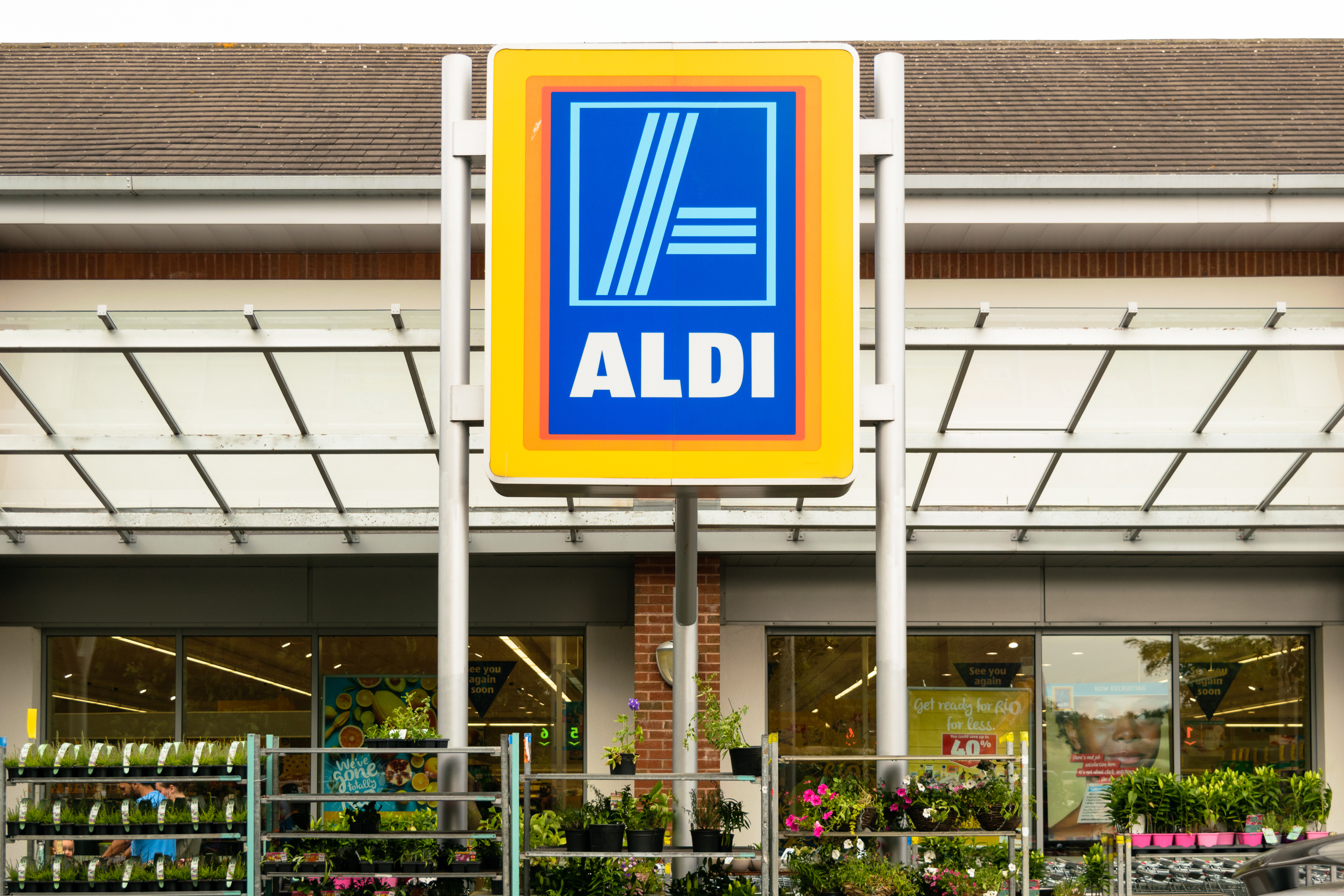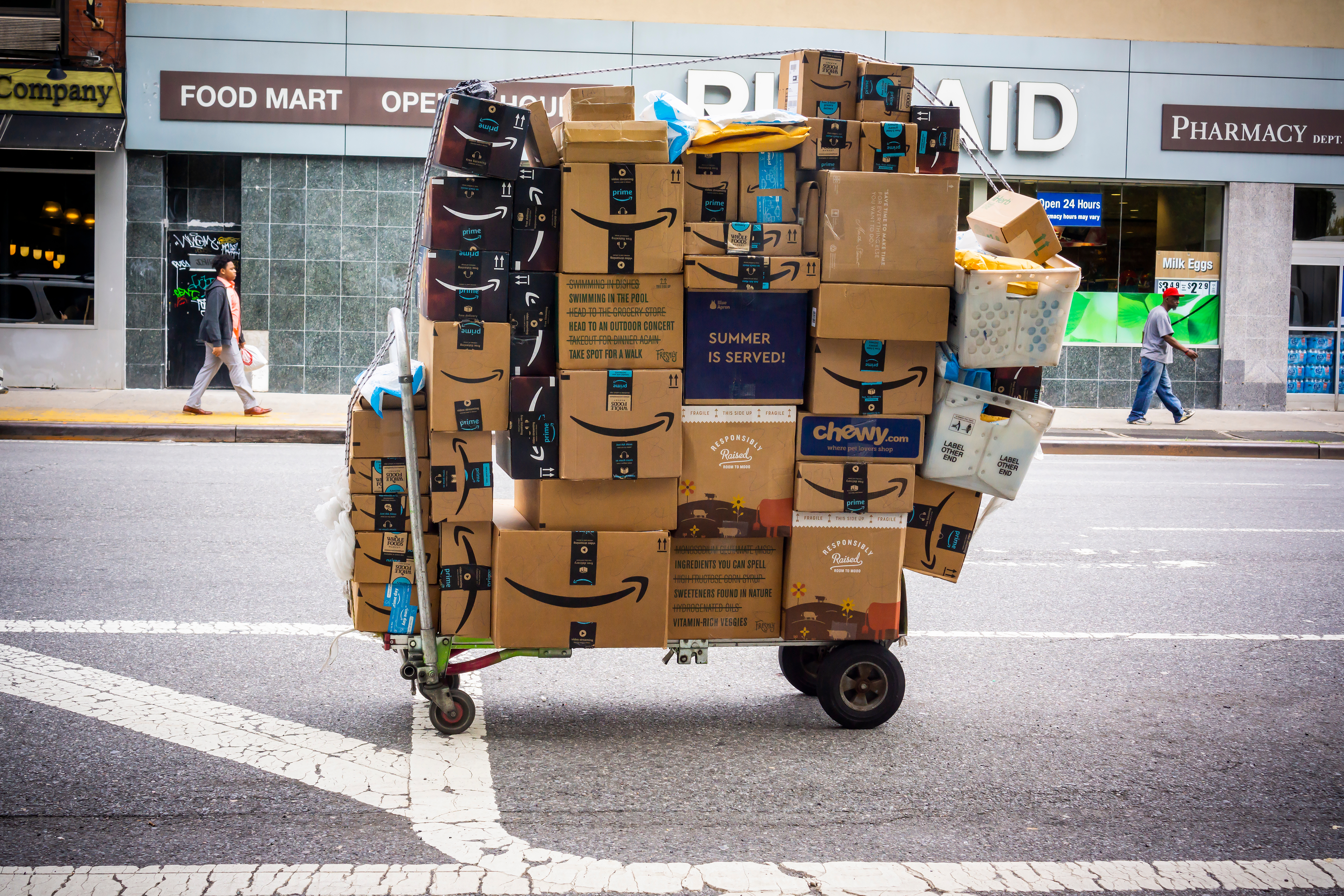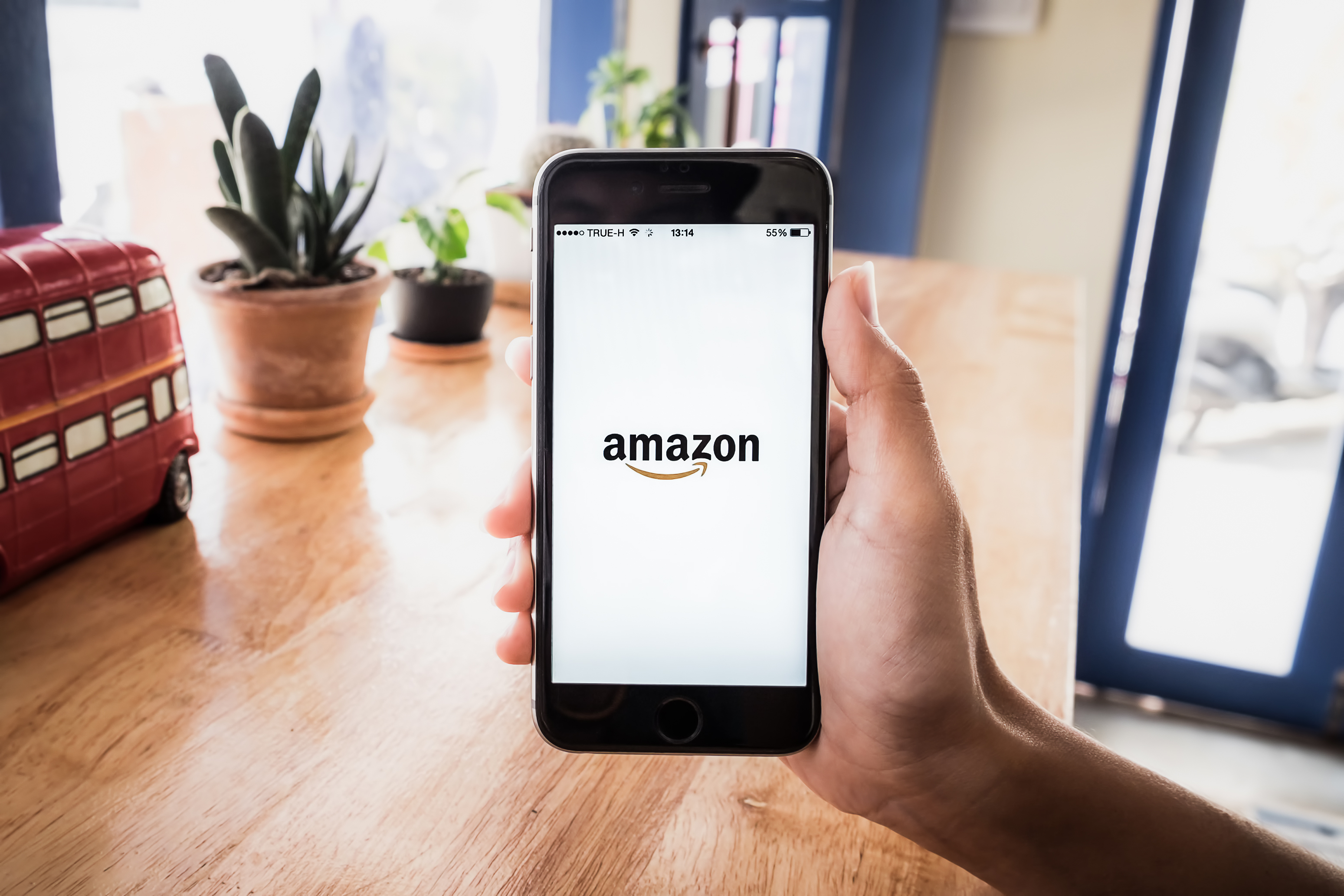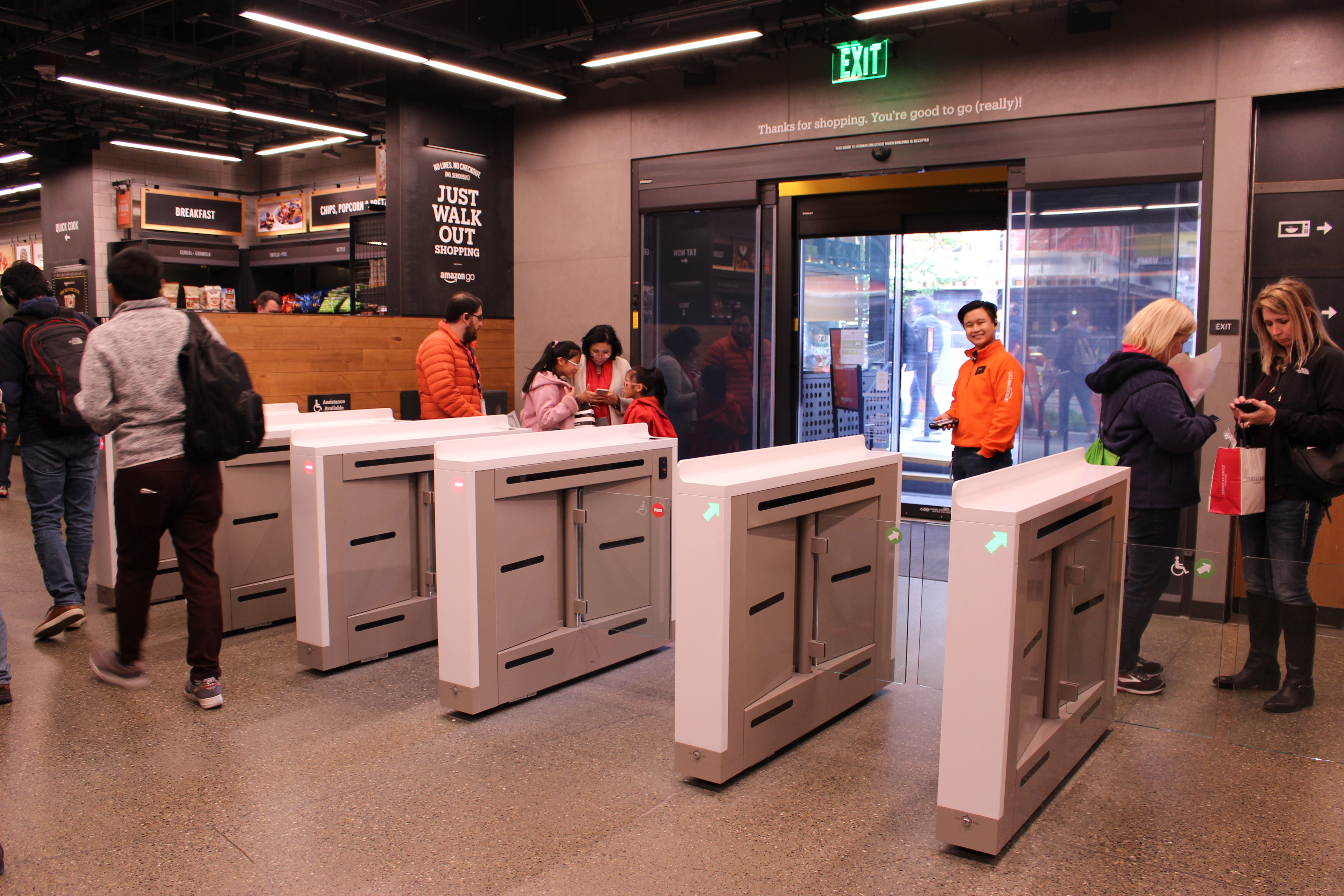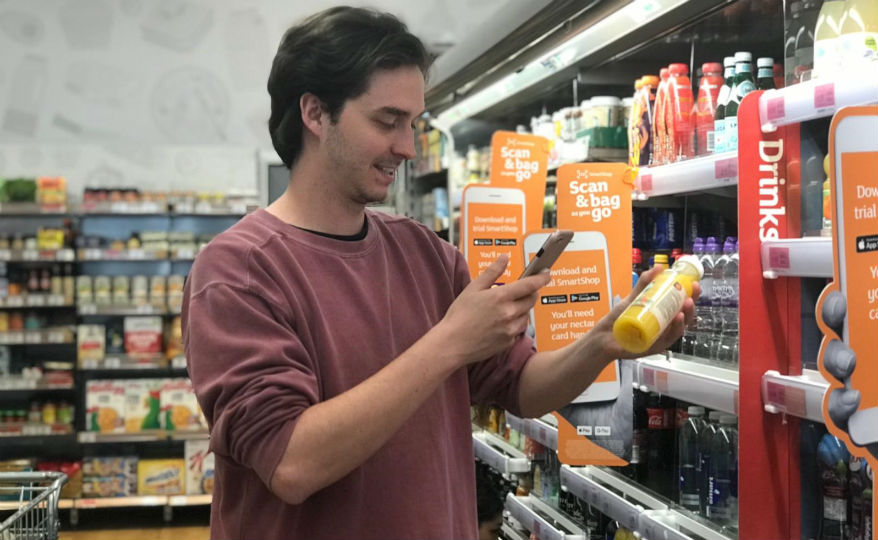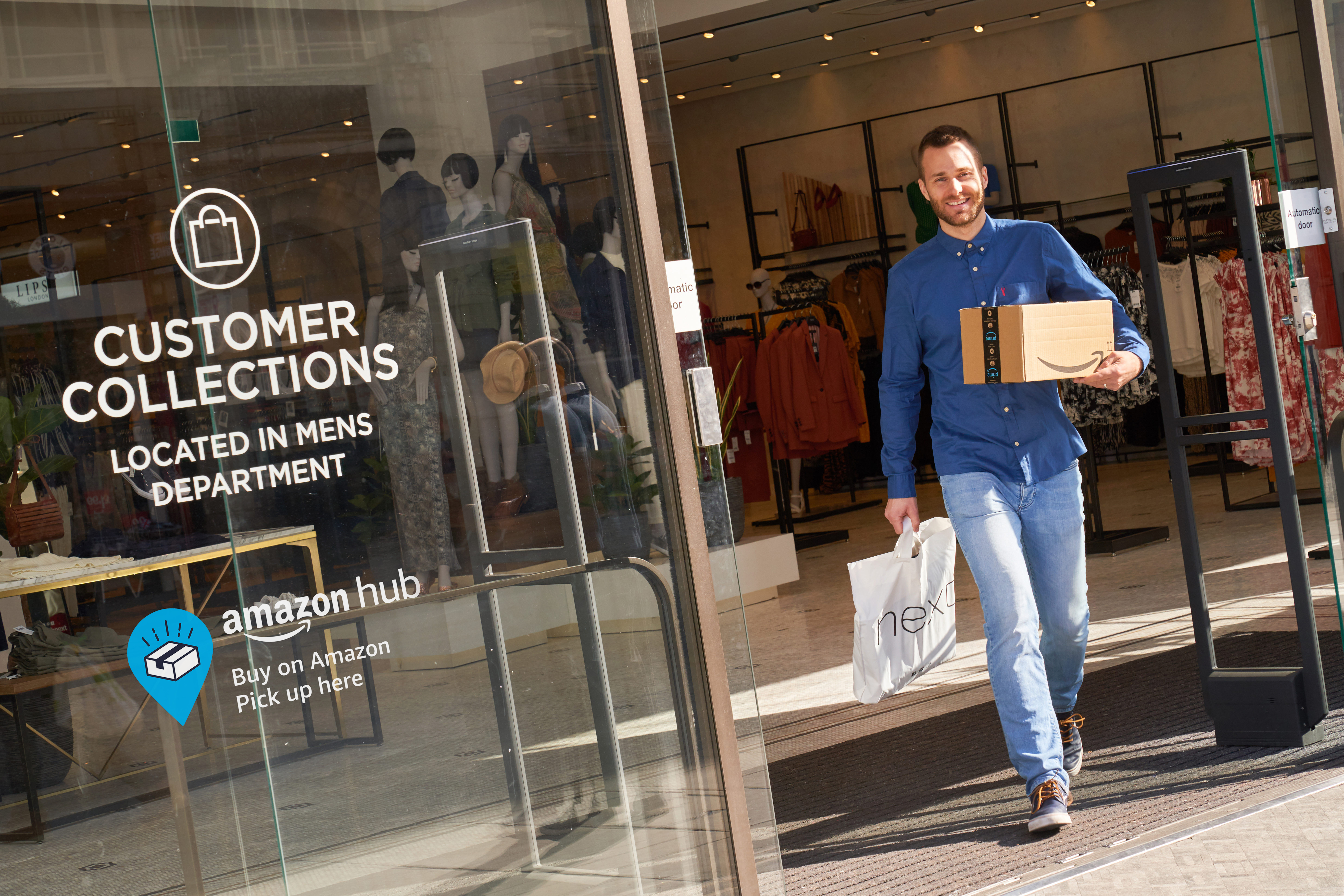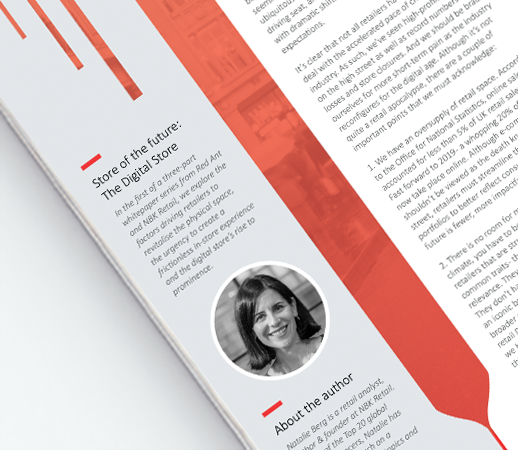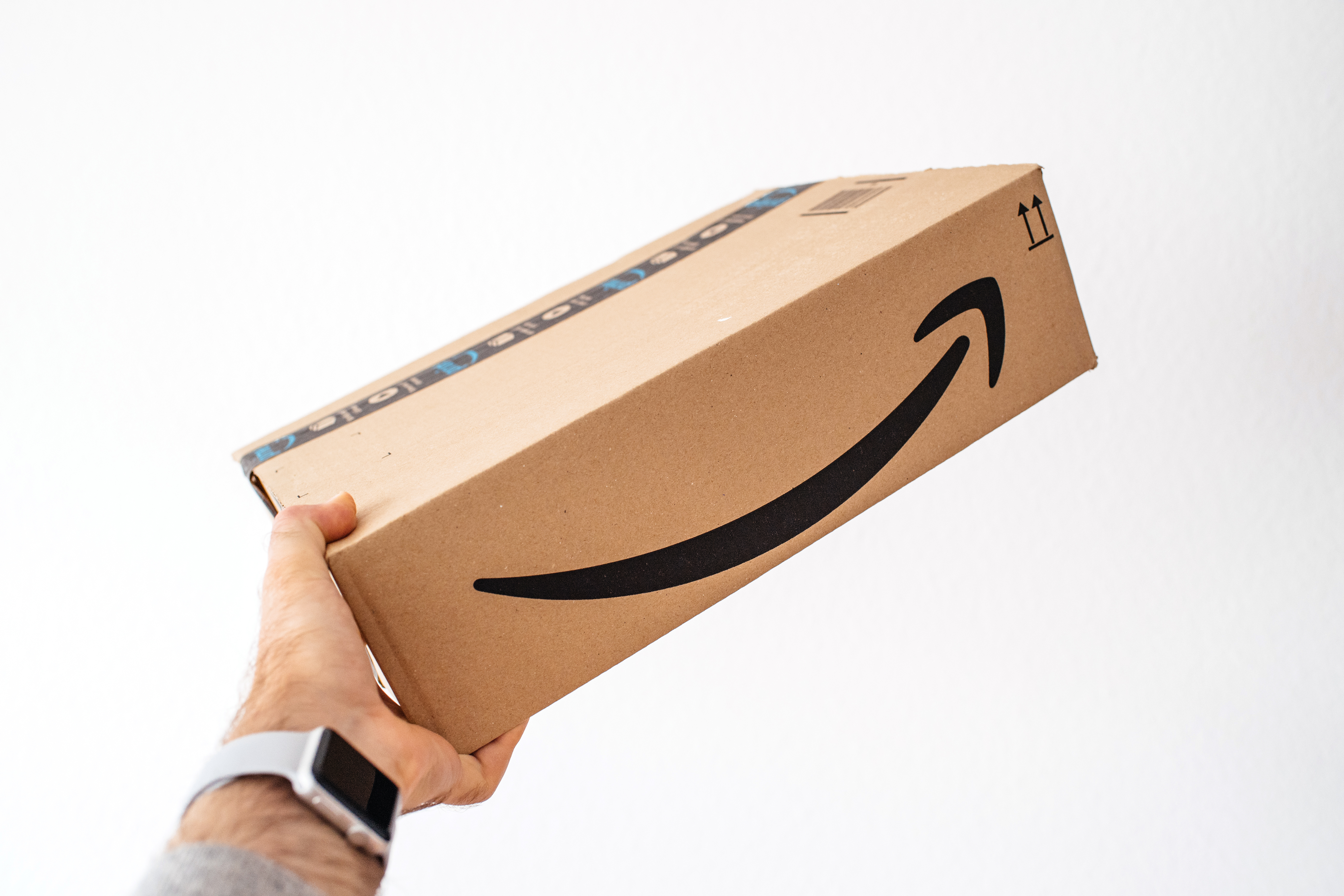To be relevant in retail today, you have to acknowledge that stores are no longer purely about selling. I believe most high street retailers are on board with this concept, but few are comfortable implementing it. And that’s because for decades, we as an industry have obsessed over metrics such as like-for-like sales growth whereby success is confined to a shop’s four walls. But it’s 2019 and we all know that’s not reflective of actual consumer behaviour.
Next is one of the retailers that gets it. They have hundreds of stores with a presence on most high streets – yet the bulk of their sales take place online. They’ve accepted that stores are never going be as productive as they were before the advent of e-commerce, and while there is certainly a need to redress the balance through select closures there is an opportunity to redefine the very purpose of bricks & mortar stores.
Next understands that, as contradictory as it might sound, shops now play a critical role in growing online sales. If you don’t believe me, just look at the tsunami of online retailers now opening physical stores. Having a bricks & mortar presence means online retailers can offer shoppers additional choice in fulfilment while reducing customer acquisition costs, generating that elusive halo effect.
Customers want to shop on their terms, they want the best of both physical and digital worlds. They want to marry the ease of buying online with the convenience of collecting or returning items instore. It’s no surprise that half of Next’s online orders are collected instore, while stores also process over 80% of e-commerce returns.
Another example of online and offline working in harmony at Next is through same-day click & collect. Shoppers can now view and reserve local store inventory for collection in under one hour. This might not be a gamechanger (I can’t imagine many Next orders are that time-sensitive) but it shows how retailers can leverage their stores in a digital era.
Lastly, Next is rethinking the role of its stores by doing something most wouldn’t dream of – teaming up with Amazon. Six months ago, Next became Amazon’s UK partner for its launch of Counter, a service that lets shoppers collect their Amazon parcels from staffed pick-up points in Next stores. Again, this is about the following the customer: according to Mintel, 90% of UK shoppers use Amazon and I would estimate that Amazon accounts for just under half of e-commerce sales in the UK. The partnership is a win-in. No one can do fast delivery like Amazon, but often it’s predictability over speed that consumers are after and this is where stores come in. Meanwhile, Next benefits from the additional footfall and opportunity for incremental spend.
Retailers can take inspiration from Next’s strategy, understanding that stores are an essential component to facilitating e-commerce sales. We have to stop treating e-commerce as the death knell for the high street. We have to ditch those metrics that pigeonhole retailers and start valuing our stores based on their ability to enable digital purchases.
This article originally appeared on Retail Week.

